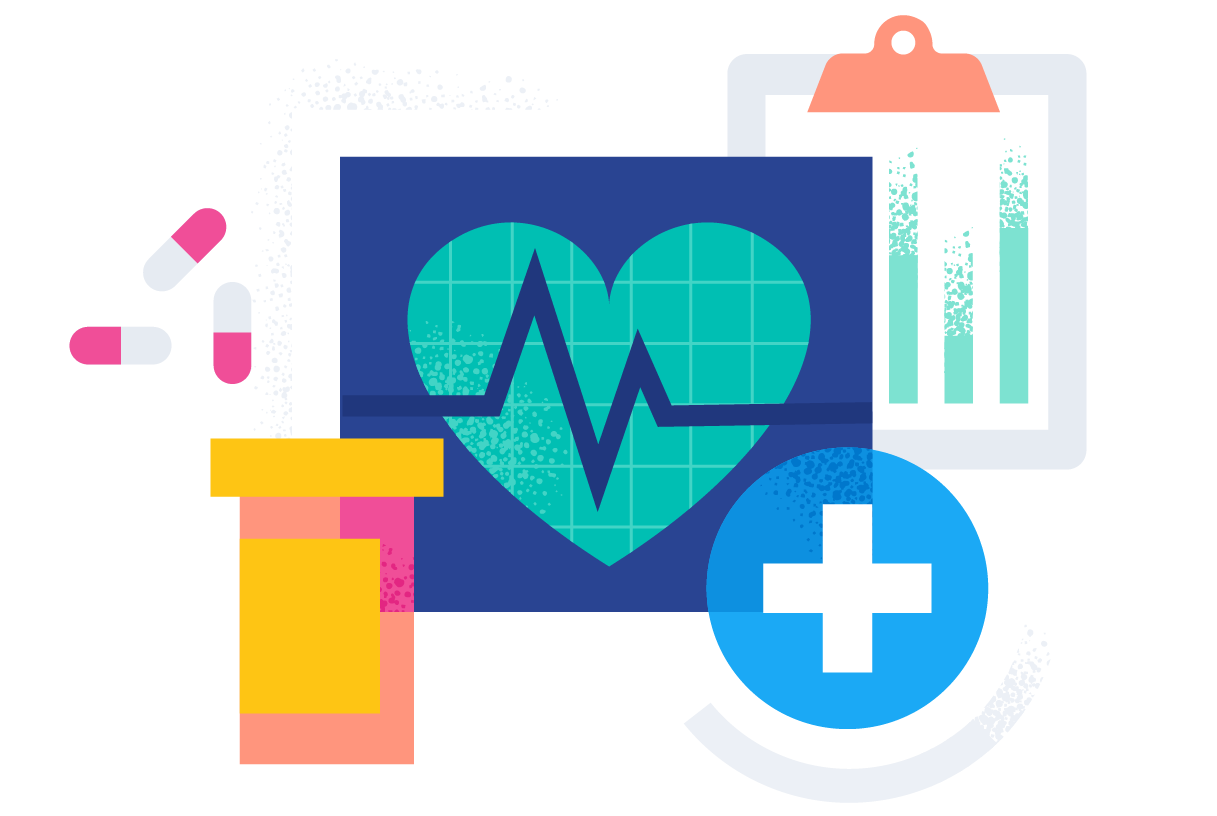Ideal Healthcare RCM Practices to Boost Operational Effectiveness and Collections
Wiki Article
A Comprehensive Overview on Exactly How Health Care RCM Works to Simplify Billing and Collections
Navigating the intricacies of medical care revenue cycle administration (RCM) is critical for suppliers intending to enhance their payment and collections processes. The guide unloads the details of RCM, from individual registration to accounts receivable administration, providing insights right into maximizing each action.Comprehending Income Cycle Monitoring
Comprehending the ins and outs of Revenue Cycle Management (RCM) is vital for healthcare companies aiming to optimize their financial efficiency. RCM is an important administrative feature that includes the whole monetary process of client care, from the first visit setting to the final payment of the balance. It is an intricate treatment developed to recognize, accumulate, and manage the revenue from the solutions given to people. Effective RCM ensures that doctor obtain accurate and prompt payments, decreasing the risk of revenue loss and enhancing capital.The RCM procedure starts when a patient routines a consultation and expands through the patient's treatment journey, including billing and collections. An essential goal is to decrease the time between supplying a solution and receiving repayment, therefore improving the company's financial wellness. RCM entails numerous features such as individual registration, insurance policy confirmation, cost capture, coding, asserts entry, settlement publishing, and dealing with rejections and appeals.
Secret Components of RCM
In the realm of Income Cycle Monitoring (RCM), comprehending its vital parts is essential to accomplishing financial efficiency within medical care organizations. RCM is a detailed procedure that encompasses numerous phases, each critical to making sure efficient payment and collections. The key components consist of client registration, insurance verification, fee capture, coding, insurance claim entry, payment uploading, and balance due monitoring.

As soon as coded, claims are submitted to payers, where precision is vital to stay clear of denials or hold-ups - Healthcare RCM. Repayment publishing includes tape-recording the received repayments, which permits the reconciliation of accounts. Last but not least, receivables monitoring concentrates on monitoring and attending to overdue insurance claims, guaranteeing prompt follow-up and resolution
Each component of RCM is interconnected, and inefficiencies in any kind of part can disrupt the entire cycle. Consequently, grasping these elements is essential for healthcare providers to enhance revenue and boost their economic wellness.
Methods for Reliable Invoicing

Systematizing invoicing procedures throughout the organization is one more essential strategy. Establishing clear guidelines for documentation, coding, and entry helps keep consistency and conformity with regulatory needs. Training staff on a regular basis on these procedures guarantees everyone is current with the current changes in billing codes and payer plans.
Exact cost capture is vital in preventing earnings leakage. Applying regular audits and tracking systems enables the identification and modification of inconsistencies prior to they affect income. Additionally, keeping open lines of interaction with payers aids to rapidly resolve any kind of conflicts or misconceptions that might occur.

Last but not least, engaging individuals early in the invoicing procedure by providing clear quotes and educational materials concerning their monetary duties can significantly minimize complication and improve payment timeliness. These techniques collectively add to a much more economically healthy and reliable payment system.
Enhancing Collections Procedures
A robust collections process is important for maintaining economic stability within healthcare companies. Given the intricacies of clinical invoicing and the selection of payer requirements, improving the collections process involves implementing strategic actions that guarantee accurate and prompt payment of solutions rendered. Central to this is the use of technology to automate and simplify procedures, boosting and reducing hands-on mistakes efficiency. Automation tools can assist in tracking claim conditions, sending out timely pointers to patients, and handling rejections much more effectively.Training personnel to comprehend the nuances of insurance coverage and invoicing codes this content is similarly vital. This expertise equips them to resolve payment discrepancies promptly and communicate successfully with patients concerning their financial duties. Furthermore, clear and clear individual interactions are important. Providing thorough explanations of costs and supplying versatile layaway plan can boost client satisfaction and punctual settlements.
Normal audits of the collections process must be performed to recognize locations for improvement and make sure compliance with policies. By analyzing data, health care organizations can identify fads, prepare for potential concerns, and adjust strategies accordingly (Healthcare RCM). Ultimately, a well-enhanced collections process not just supports economic health yet additionally adds to a much more seamless experience for people and staff alike
Optimizing Earnings Streams
Building upon the foundation of a strong collections process, healthcare companies can even more reinforce their financial stability by purposefully maximizing profits streams. This entails a multi-faceted strategy, beginning with a detailed analysis of existing revenue sources to recognize inadequacies and areas for growth. Utilizing innovative data analytics devices enables organizations to obtain understandings into payer mix, individual demographics, and service use patterns, permitting data-driven decisions that boost earnings capture.Implementing automated billing systems can significantly decrease mistakes and accelerate cases refining, making sure that profits is accumulated much more efficiently. In addition, maximizing payer contracts through regular settlements can boost repayment rates and terms, straight influencing the bottom line. Branching out service offerings, such as integrating telehealth or health care, can additionally bring in a wider patient base, thus enhancing income potential.
One more critical part is improving individual engagement and fulfillment, as completely satisfied individuals are most likely to follow therapy plans and make timely repayments. Providing versatile repayment options and clear billing techniques can improve collections and foster patient commitment. Healthcare RCM. By embracing these approaches, healthcare organizations can create a Full Report more resilient economic structure, making sure sustained growth and stability in an ever-changing sector landscape
Final Thought
Finally, health care Profits Cycle Administration (RCM) plays a vital function in maximizing payment and collections processes by integrating vital components such as person enrollment, insurance verification, charge capture, coding, asserts entry, and receivable administration. By employing sophisticated innovation, standardizing procedures, and promoting patient involvement, healthcare service providers can dramatically lower claim rejections, increase payment cycles, and enhance money flow. This extensive approach to RCM inevitably leads to boosted economic efficiency and sustainability for health care organizations.The RCM procedure starts when a person schedules an appointment and extends through the patient's care trip, including invoicing and collections.Another crucial component is boosting client involvement and complete satisfaction, as completely satisfied clients are much more likely to adhere to treatment strategies and make prompt repayments. Offering Our site adaptable payment alternatives and clear payment practices can boost collections and foster client commitment.In final thought, health care Profits Cycle Management (RCM) plays a crucial duty in optimizing payment and collections procedures by integrating essential parts such as patient registration, insurance confirmation, cost capture, coding, asserts submission, and accounts receivable management. By employing innovative innovation, standardizing procedures, and fostering client interaction, health care providers can substantially decrease case denials, accelerate payment cycles, and improve cash money flow.
Report this wiki page